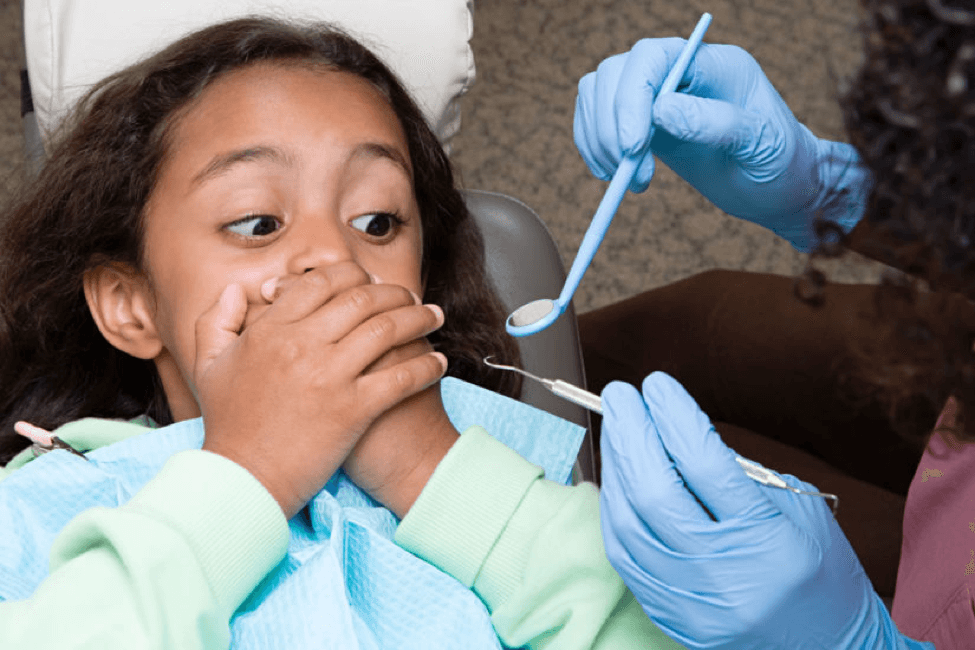Last week, I wrote about helping your children with handling their fears. One fear that must have a blog post of its own is going to the dentist. Your children’s teeth should be regularly checked, but what can you do to make the visit easier on them? Here are a few ideas from dentists themselves:
Find a child-friendly dentist. Look for a waiting room that has an area for children to play. Enquire as to how they deal with children who are afraid.
Communicate with your children. Let them know that they will be visiting the dentist, so they are prepared. Do not surprise them.
Explain to them the importance of having their teeth checked regularly by a professional.
Speak with your dentist about your children’s phobia ahead of time. A dentist experiences this fear frequently and should have many good suggestions for you.
Take a favorite toy to the visit, if the dentist approves.
Speak with your children during the visit in a calm voice to reassure them that you are there for them.
Give positive feedback to encourage them to continue with good behavior.
It’s difficult for parents to observe their children suffering with fears. Being patient and understanding are key.
For more information, please CLICK HERE.



